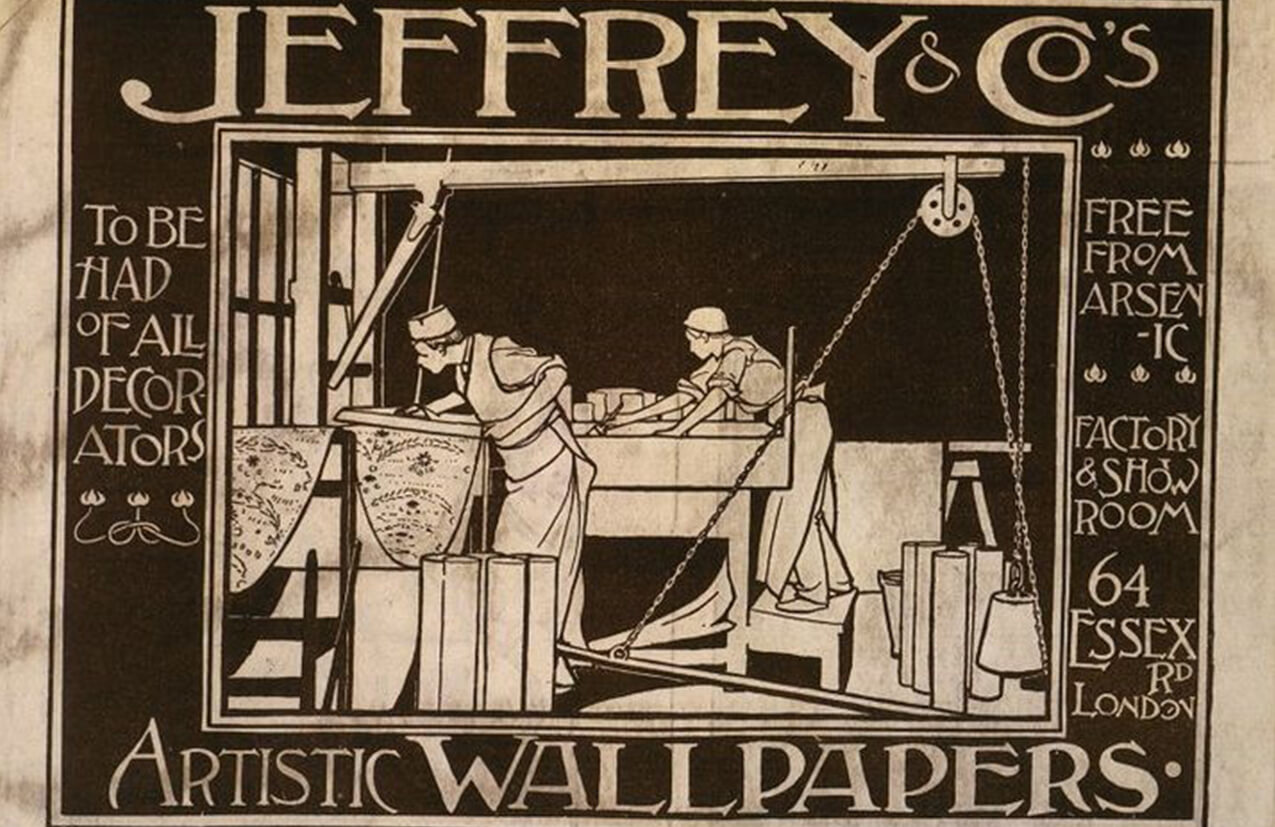The historic journey of wallpapers
From mere ornamental designs to super futuristic, 3D patterns wallpapers have sure come a long way. The technology has played its undeniable part in the development of wallpapers.
Wallpapers were invented in 16th century. Initially used to decorate the insides of cupboards and smaller rooms in merchants’ houses but by the 20th century, wallpapers made its way to hallways, kitchens, bathrooms, and bedrooms as well as reception rooms of hotel and guest houses. Wallpapers became popular within the wealthiest and poorest homes.
How wallpaper were made?
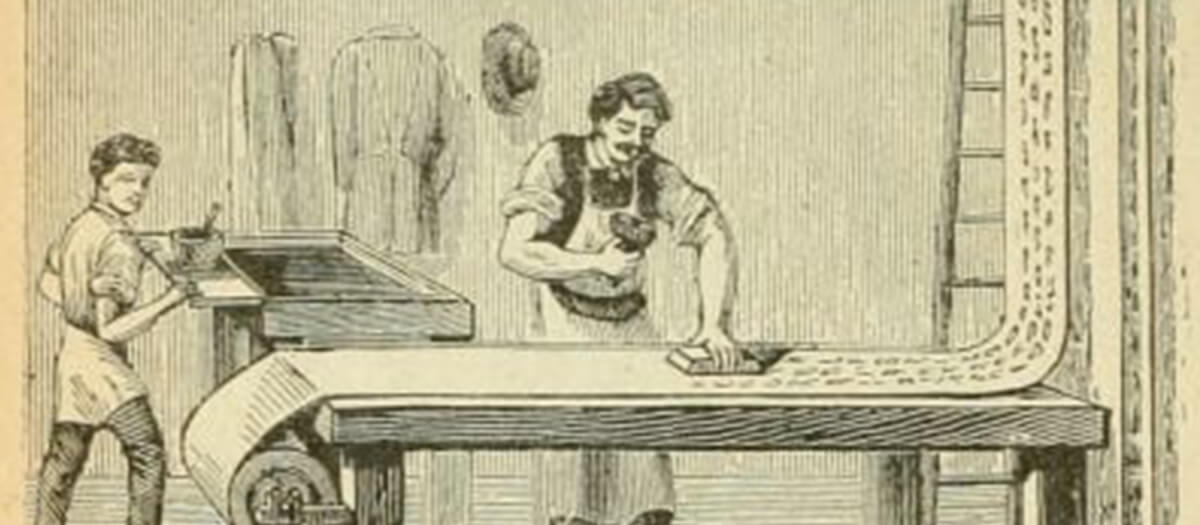
The early wallpapers featured floral motifs and simple pictorial depiction of beautiful trees, mountains, meadows, rivers and such. They were ornamented with contemporary embroidery and textile textures. Wallpapers used to be printed in monochrome in black ink on small sheets of paper that measured approximately 40 cm X 50 cm. by mid-17th century, the single sheets were joined together to form long rolls. And then came the block printing, which was easy and convenient, this continued till 20th century. Now the colours came into the scene and Polychrome patterns were getting used. Each colour was printed separately along the length of the roll, which was then hung up to dry before the next colour could be applied. ‘Pitch’ pins on the corners of the blocks helped the printer to line up the design. The process was laborious and required considerable skill.
Taxing

The wallpaper industry in Britain was flourishing and so it attracted the attention of the Excise Office resulting a tax of 1d (0.75p) per yard was levied in 1712. Despite this, the wallpapers were getting designer by this time.
Flock prints
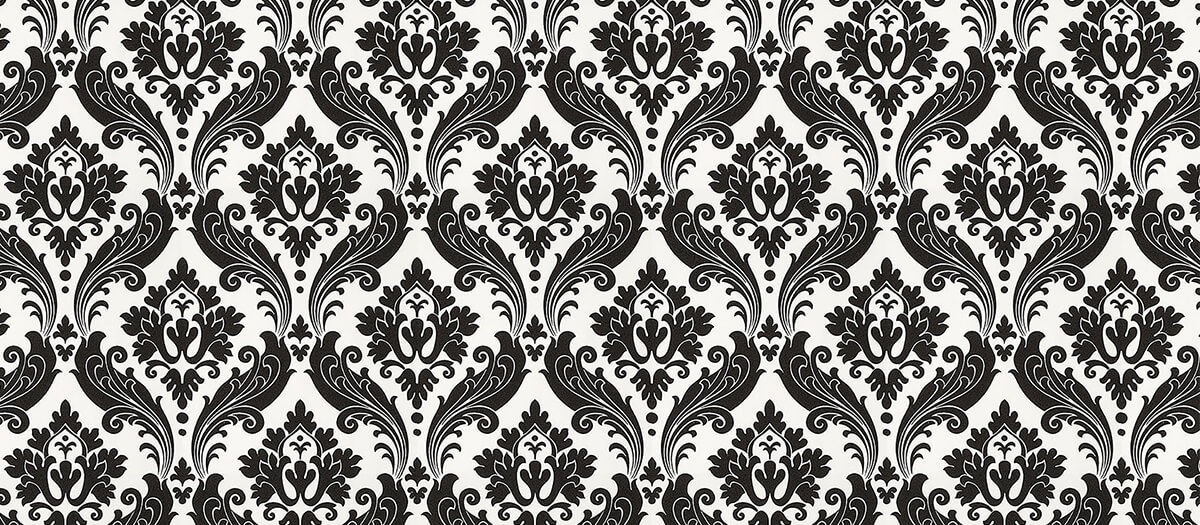
These patterns were copied from textiles and imitated the appearance of cut velvets and silk damasks. Flock wallpapers were made with powdered wool, a waste product of the woollen industry.
Wallpapers china made
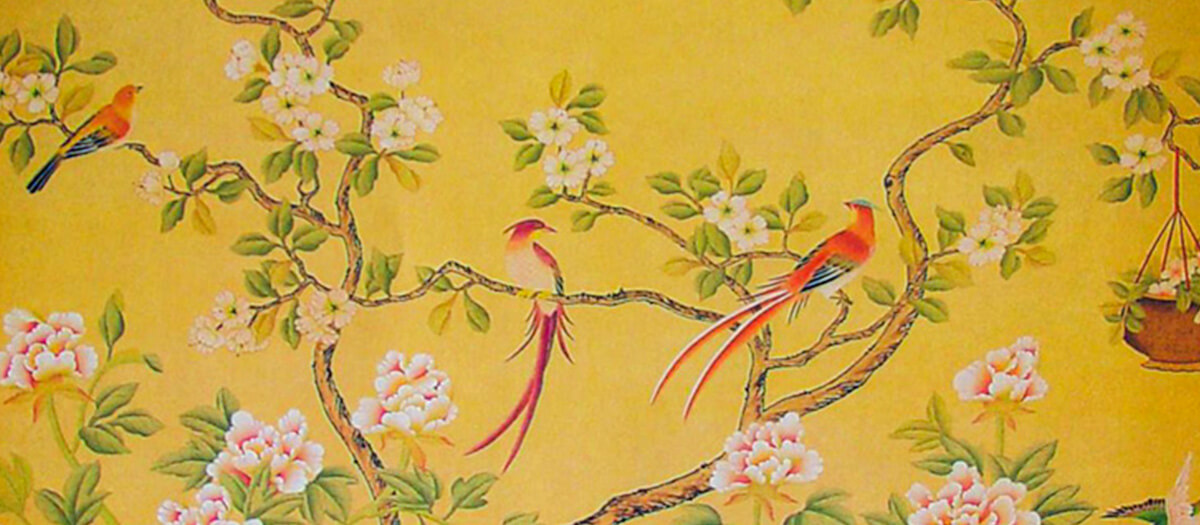
China made wallpapers were expensive and they appeared first in 17th century in London. Unlike European wallpapers, Chinese papers were painted, featuring large-scale, non-repeating pictorial scenes, mostly based on Chinese culture, nature and culture.
Mass-production

Until 1840, wallpapers were handmade. Because of its growing popularity manufacturer were looking for some way to in-cash this and then in 1839 the first wallpaper printing machine was patented by Potters & Ross, a cotton printing firm based in Darwen, Lancashire.
Design reform
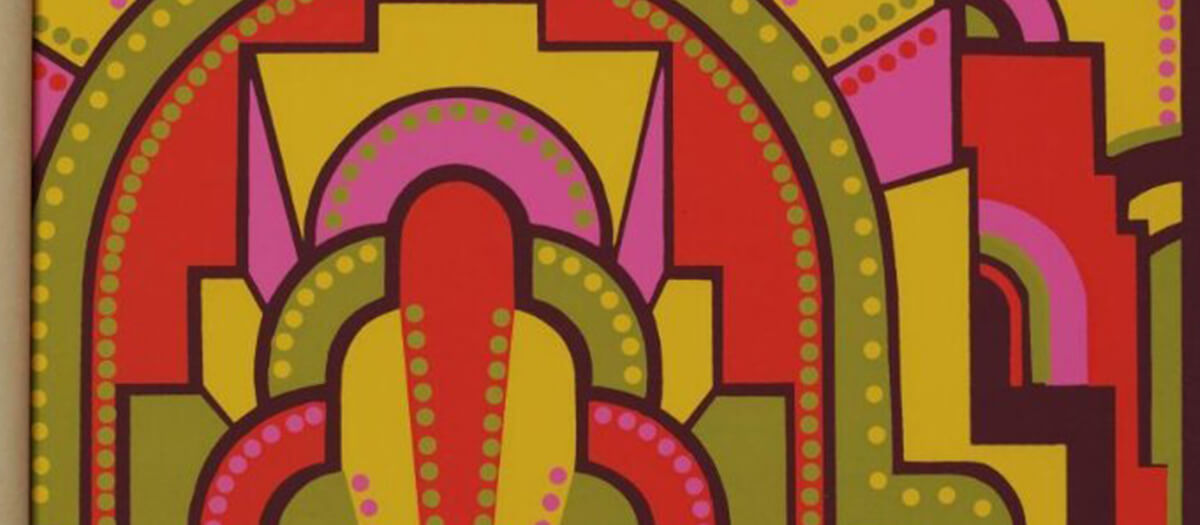
Mid-19th century wallpapers came with huge variety of designs, including marble and wood-grain effects, textile patterns, historical spoofs and revivalist styles. The most common were the patterns featuring floral motifs and papers printed in bright colours.
Jazz to Pop
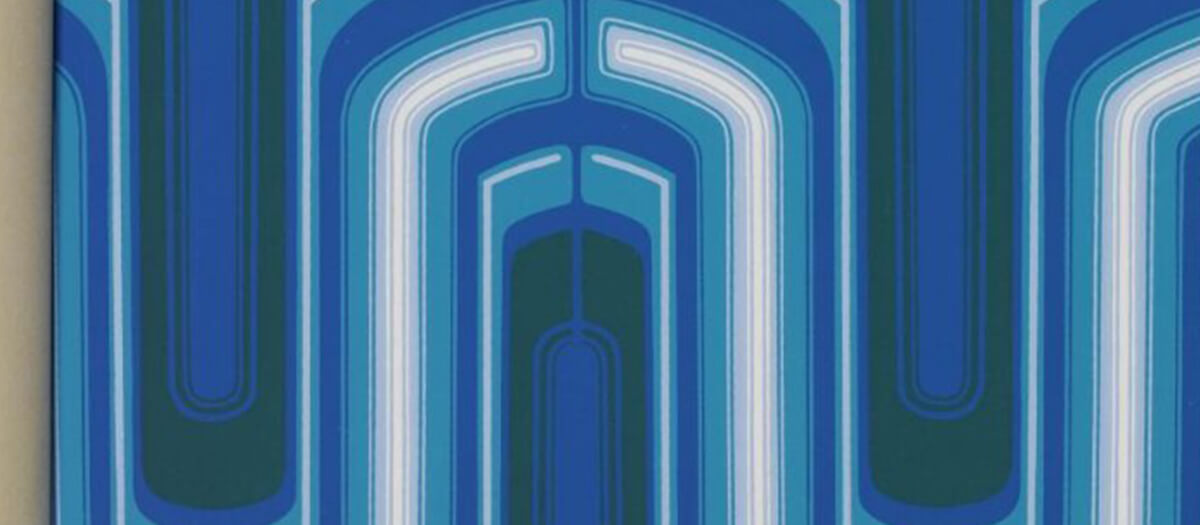
1920s and 1930s can be considered as boom years for the wallpaper industry in Britain. The production rose from 50 million rolls to 100 million rolls in 1939. With the traditional leaf and flower patterns continued to be widespread, patterns influenced by modern art and popular culture also appeared.
Wallpapers have sure come a very long way, today they come in all possible colours, patterns and designs that you can imagine. You can have a wallpapers of your choice at ultrawalls. Check out the full collection today.


